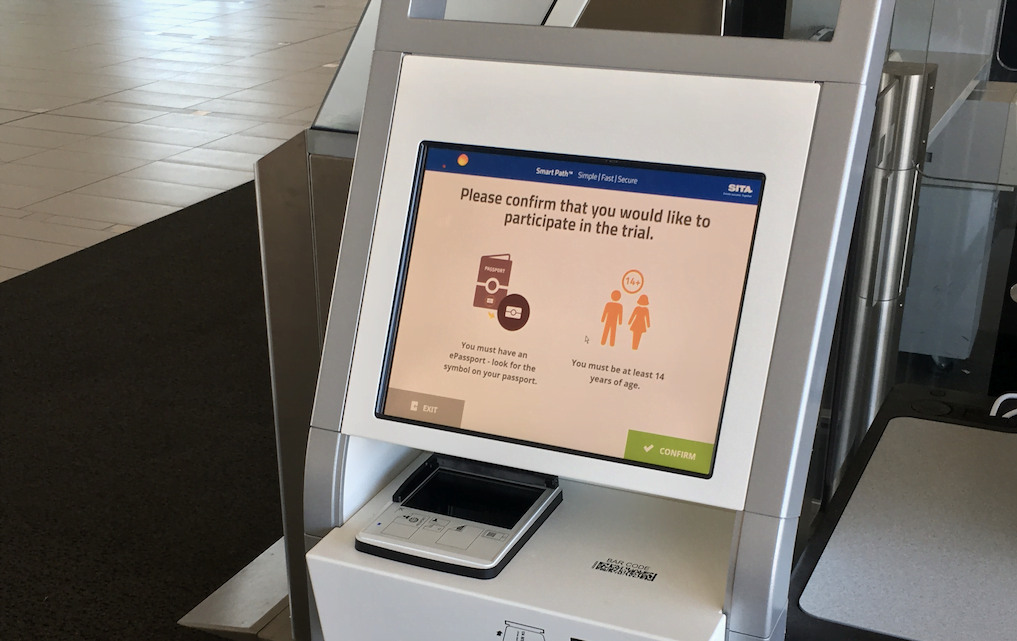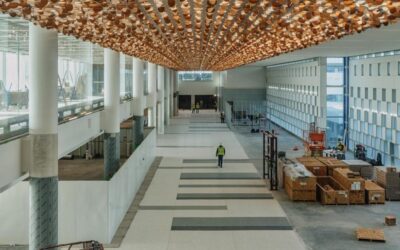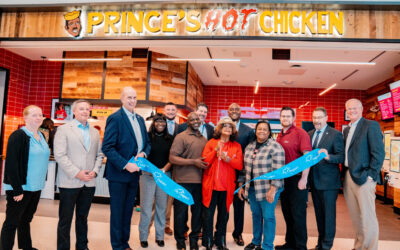Digital tools and automation to facilitate the safe flow of passengers will be the hallmarks of the “new normal” in commercial aviation as the industry recovers from the current pandemic, according to a new report from Geneva-based air transport technology provider SITA Technology.
The report: “A New Normal: The Changing Face of Air Transport Post-Covid-19,” said that, “contactless, self-service technologies at every step will facilitate passenger flow, cutting queues while ensuring a social distancing-friendly passenger experience.”
Going forward, passengers will be able to navigate process points such as kiosks using their own mobile devices without the need to touch screens on the airport’s physical infrastructure, the report predicted, noting that some of these solutions are already being successfully implemented at San Francisco International Airport (SFO).
“Similarly, using biometrics passengers can be identified at journey points such as check-in or boarding without having to touch a screen,” SITA noted. “This will provide greater efficiency and improved passenger satisfaction with the welcome benefit of enhanced safety for passengers and employees alike.”
Underpinning this mobile-enabled self-service experience will be a new generation of cloud-based platforms that give airlines and airports rapid scalability and flexibility,
“Apps and real-time information will be accessible from anywhere, at any time, for both passengers and employees,” SITA said. “In addition, open application programming interfaces (APIs) will unlock the data needed for mobile boarding passes, baggage check-in and tagging, security, boarding, transfers and baggage claim. This will allow passengers to breeze through the airport using digital IDs stored on their phone verified with facial recognition. Passengers will expect this to be both simple and safe.”
SITA also predicts the current crisis will cause global carriers to scale back the number of aircraft in their fleets even as they pivot to newer, connected aircraft.
“These aircraft hold the promise of greater efficiency in the medium to long term,” the report said. “Before the crisis, there were 18,000 connected aircraft. We expect this to ramp up in the coming months, as older aircraft are retired and replaced with newer models.”






